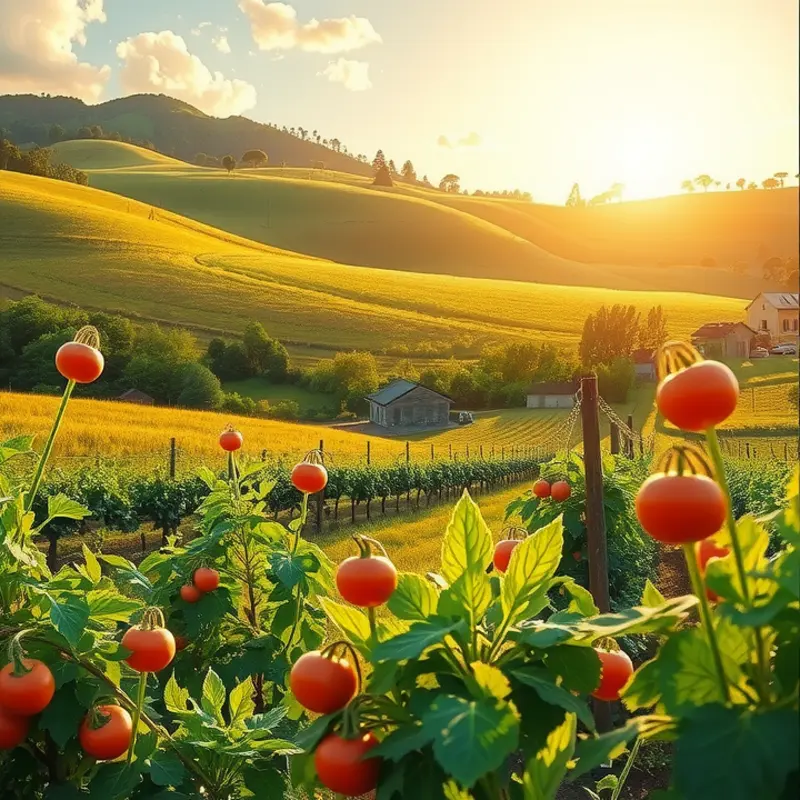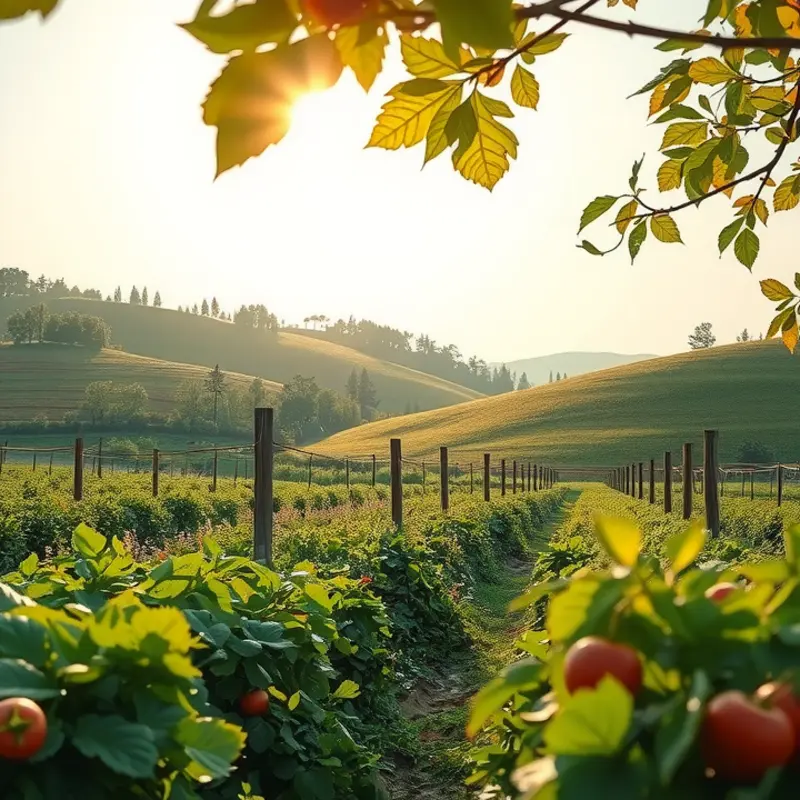Roasting is one of the easiest and most effective ways to enhance the flavor of your food. This technique caramelizes the natural sugars in ingredients, bringing out their sweetness and depth. Whether you’re working with vegetables, meats, or even nuts, roasting adds complexity and richness, making every dish a delightful experience. Spoiler alert: it requires minimal effort and patience while delivering maximum flavor.
The Science Behind Roasting: Why it Works

Roasting is more than just applying heat to food. It’s a transformative process that enhances flavors, colors, and textures by way of intricate chemical reactions. At the heart of roasting’s magic are two critical processes: caramelization and the Maillard reaction.
Caramelization involves the thermal decomposition of sugars, a process that occurs when the internal temperature of a food item reaches around 320°F (160°C). As the sugars break down, they form a myriad of complex compounds, which contribute to the sweet and rich flavors we associate with caramel. This process can be observed in vegetables like carrots and onions, which develop a sweet and nutty taste when roasted.
The Maillard Reaction, often referred to as the ‘browning reaction’, involves proteins and sugars encountering at higher temperatures—typically starting at about 285°F (140°C)—to form a vast array of flavorful compounds. This is the reaction responsible for the flavorful crust on roasted meats and the golden-brown exterior of baked goods. It’s worth noting that while caramelization deals exclusively with sugars, the Maillard reaction involves both amino acids and reducing sugars.
To leverage these reactions effectively, control over temperature and time is crucial. For meats, a higher initial temperature helps in forming a crust through the Maillard reaction before lowering the temperature to cook the interior evenly. Radical temperature swings can prevent either reaction from occurring sufficiently, leading to lackluster results.
For vegetarians or those focusing on plant-based diets, understanding these reactions is equally vital. Roasting veggies like Brussels sprouts or bell peppers at approximately 400°F (204°C) ensures caramelization, transforming them into sweet, umami-rich dishes. For those aiming to minimize oil usage or salt, enhancing flavors through careful roasting can be particularly appealing, complementing a plant-based eating regimen.
Different foods possess varying optimal roasting conditions. For instance, dense root vegetables like potatoes require a consistent temperature around 425°F (218°C) for even cooking and crisp exteriors. On the other hand, nuts and seeds typically roast well at a lower temperature, about 325°F (163°C), to prevent burning and to allow the natural oils to release.
Timing is equally important. Vegetables typically require 20–35 minutes, depending on their size and cut, while a whole chicken may take 1–1.5 hours. A good practice is to invest in an oven thermometer to ensure accuracy, as many built-in oven thermometers can be off by as much as 50 degrees.
By appreciating the science behind these reactions, home cooks can intentionally manipulate factors like temperature and time to unlock potential hidden within their ingredients. This doesn’t only make for better-tasting meals but also encourages exploration and innovation in the kitchen, making roasting an art as much as it is a science.
Simple Roasting Techniques for Home Cooks

Roasting is a time-honored technique that unlocks flavors across a variety of ingredients. Whether you’re roasting vegetables or meats, the essence of the process is consistent. The first factor to consider is choosing the right cookware. While a heavy-duty roasting pan is ideal for meats, a simple baking sheet lined with parchment paper works wonders for vegetables and nuts.
When it comes to seasoning, less can often be more. A drizzle of olive oil, a pinch of salt, and a few grinds of pepper can enhance the natural flavors of most ingredients. To add depth, consider experimenting with herbs like rosemary or thyme, particularly for roasted meats or potatoes.
Temperature and timing are crucial elements. For most vegetables, a hot oven—around 425°F (220°C)—is key to achieving that caramelized exterior while maintaining a tender interior. For meats, a lower temperature over a longer period allows the flavors to develop fully and ensures tenderness. A meat thermometer is an indispensable tool, as exact temperatures are essential for safety and flavor. Chicken, for example, should reach an internal temperature of 165°F (74°C).
Another critical aspect of roasting is food preparation. Uniform sizes ensure even cooking. When cutting vegetables, aim for consistency to avoid under or overcooked pieces. For meats, allow them to come to room temperature before roasting, which promotes even cooking.
Properly monitoring the roasting process can make or break your dish. Keep an eye on visual cues and aromas. Vegetables should maintain vibrant colors with crisp edges, while meats should have a golden-brown crust that suggests rich flavor.
Roasting nuts requires a slightly different approach. Given their high oil content, they roast quickly and can burn in a matter of moments. A moderate oven temperature, around 350°F (175°C), paired with a watchful eye is best. Frequent shaking of the pan ensures even roasting.
Integrating these techniques into your routine can truly elevate your cooking. For those seeking more guidance on creating vibrant and flavorful dishes with minimal effort, our minimal prep dinner ideas offer additional insights. Enjoy experimenting and discover the pleasure of nuanced flavors through the art of roasting.
Final words
Roasting is a powerful tool that transforms ordinary ingredients into culinary delights. By understanding the science behind roasting and applying simple techniques, you can significantly enhance the flavors of your meals. Remember, each vegetable, nut, and meat has its unique characteristics, so take your time to experiment with roasting times and flavors. Your kitchen journey just gained a delicious twist—enjoy the process, relish the flavors, and watch your dishes shine on the table!







